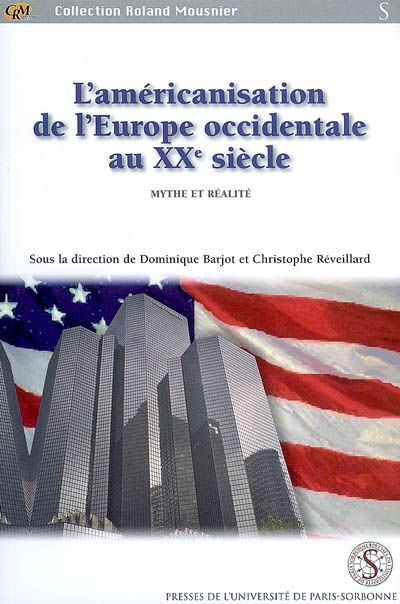par Zunz, Olivier (1946-....)
Fayard
2000 -
-
Disponible - 973-8 ZUN
Niveau 2 - Histoire
Résumé : De la fin du XIXe siècle jusqu'aux années 50, les Etats-Unis deviennent un empire économique, une superpuissance politique et un modèle culturel, grâce à un dialogue précoce et inédit entre chercheurs universitaires, hommes d'affaires et administrateurs de fondations. Un système de consommation de masse et l'"Américain moyen" en émergent, mais aussi quelques rêves déçus...

 Les bibliothèques de la ville de Paris
Les bibliothèques de la ville de Paris
 Les bibliothèques universitaires
Les bibliothèques universitaires
 La BnF
La BnF
 L'encyclopédie Wikipédia
L'encyclopédie Wikipédia
 L'Encyclopædia Universalis
L'Encyclopædia Universalis
 La bibliothèque du film
La bibliothèque du film
 La médiathèque de la Philharmonie de Paris
La médiathèque de la Philharmonie de Paris







![Window on the west : Chicago and the art of the new frontier, 1890-1940 : [exposition, Chicago, The Art Institute of Chicago, du 28 juin au 13 octobre 2003]](/imported_images/livre/couverture/0-86559-199-7.jpg)



![The American West In Bronze, 1850-1925 : [exhibition at the Metropolitan Museum of Art, New York, December 18, 2013-April 13, 2014; the Denver Art Museum, May 9-August 31, 2014; and the Nanjing Museum, China, September 29, 2014-January 18, 2015]](/imported_images/livre/couverture/978-0-300-19743-3.jpg)

